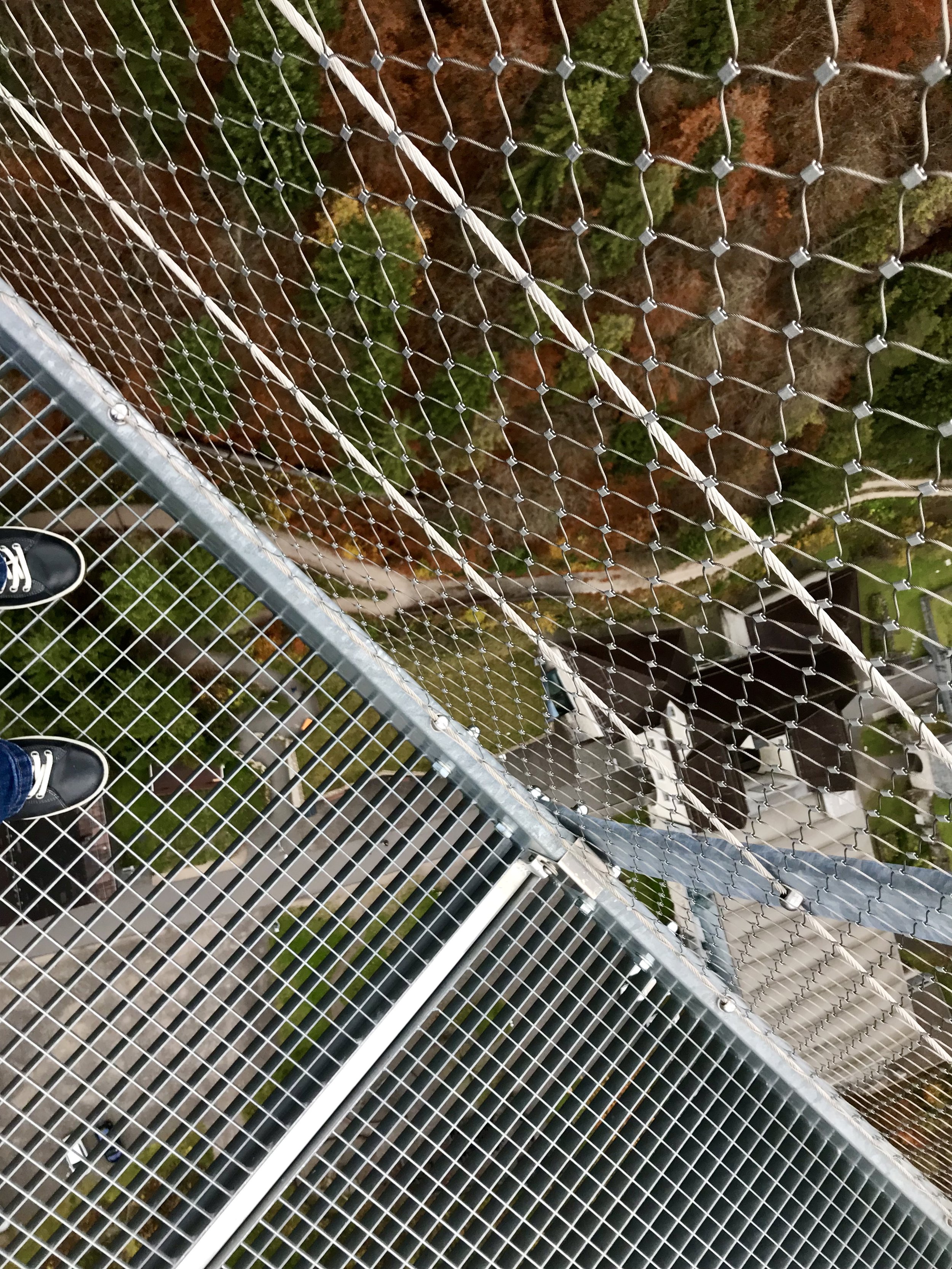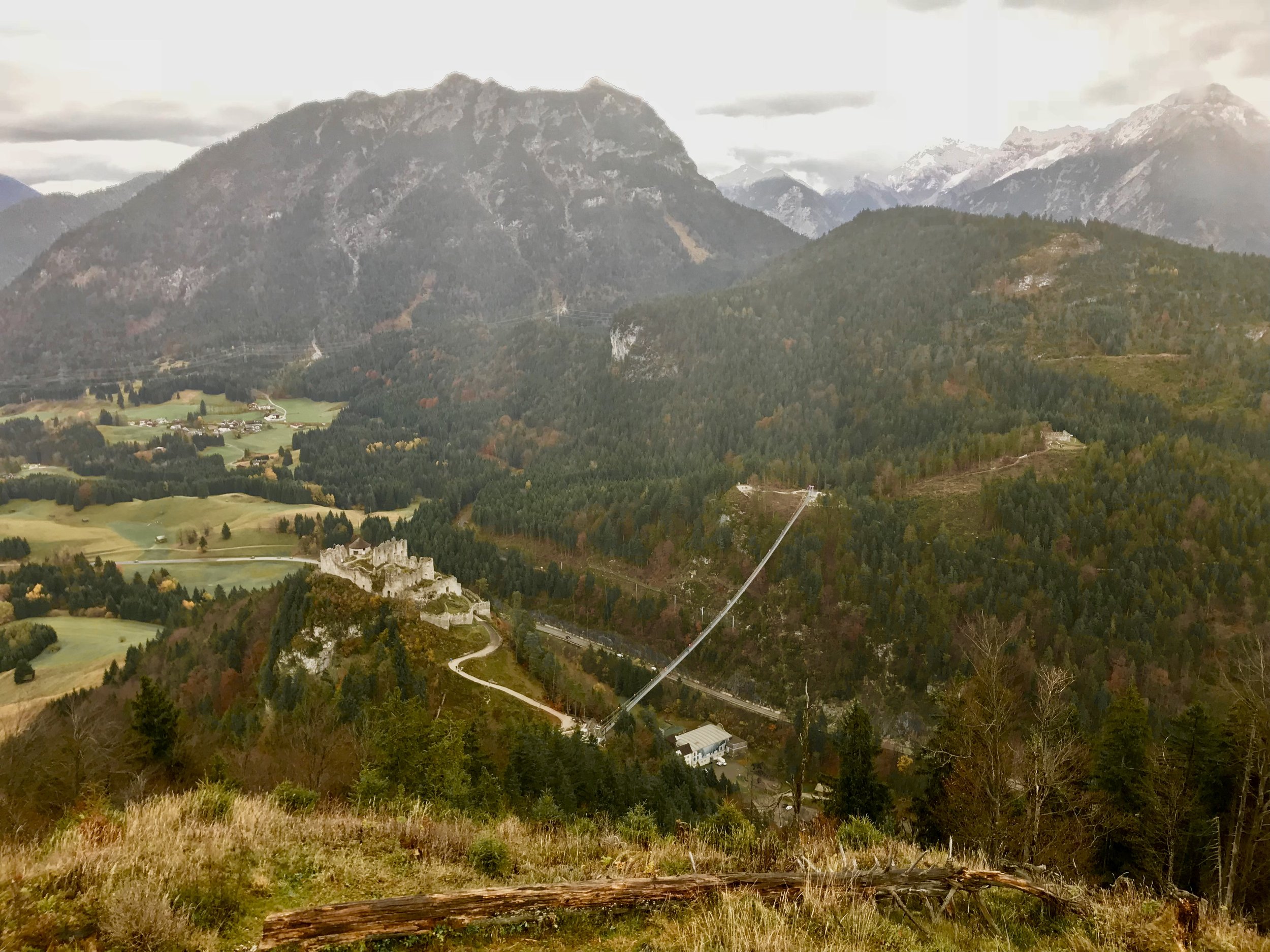“It is a condition worse than most because it can lead to catastrophe,” writes Kenneth Weisbrode in On Ambivalence. This claim points to the central destructive irony of ambivalence: by not deciding, we may end up with more than just regret. As we defer, claim confusion, flip-flop, and lack commitment, life continues to happen, and the potential for choice recedes. Ambivalence is a trap that works by deceit: we think we’re weighing the options, preparing ourselves to commit to the best course, on the brink of figuring out how to have it both ways, waiting for a sign… and so on and on, but actually we’re stuck.
From ambi, Latin for both sides and valence, strength, the word entered the language by way of a German neologism invented by Swiss psychiatrist Eugen Bleuler (1857-1939). The American Psychological Association now defines it as:
1. the simultaneous existence of contradictory feelings and attitudes, such as pleasantness and unpleasantness or friendliness and hostility, toward the same person, object, event, or situation. Eugen Bleuler, who first defined ambivalence in a psychological sense and referred to it as affective ambivalence, regarded extreme ambivalence, such as an individual expressing great love for his or her mother while also asking how to kill her, as a major symptom of schizophrenia.
2. uncertainty or indecisiveness about a course of action.
I picture those foam dumbbells used in swimming lessons and aqua-therapy. Strong on both sides. You pretend you’re lifting weights, getting stronger with every rep, when really you’re just drifting in suspension.
In 2017 I walked across the longest (1,509 feet) pedestrian suspension bridge in the world, in Reutte, Austria. The day was misty, so long drifts of fog obscured the other end at times, at times the ground 374 feet below. The span connects two hills on which ruins sit—one the medieval fortress Ehrenberg Castle and the other seventeenth-century Fortress Claudia.


The bridge swayed and whistled, and my heartbeat quickened. It wasn’t fear—I knew I wouldn’t fall—but a simulacrum of fear, a dizzy agitation. One can become addicted to the heightened arousal of ambivalence.
According to Weisbrode, ambivalence is rampant in our personal and work lives because it’s a manifestation of a kind of dystopic paralysis of choice and the feeling of limitlessness on a global scale: “Surely globalization begets and reinforces ambivalence. Its emphasis, even dependence, on interconnectivity, interchangeability, ‘hybridity,’ and so forth leaves many of us with a sense of loss of place, space, and linear time” (56).
Where or what is the end to this state of neither-this-nor-that?
With awareness comes clarity and choice; with freedom from the delusion of control comes acceptance.
I think ambivalence’s opposite is equanimity, from Latin aequanimitas: aequo animo with even mind.
Quotes are from:
Weisbrode, Kenneth, On Ambivalence: The Problems and Pleasures of Having It Both Ways, Cambridge, MA: The MIT Press, 2012.
APA Dictionary of Psychology - ambivalence
Thank you to my friend, poet Page Hill Starzinger, for leaving this little volume with me.

